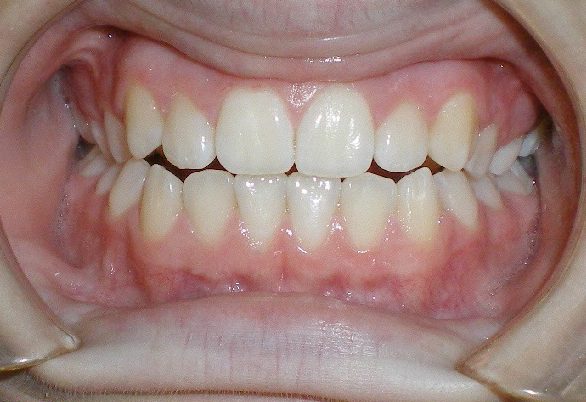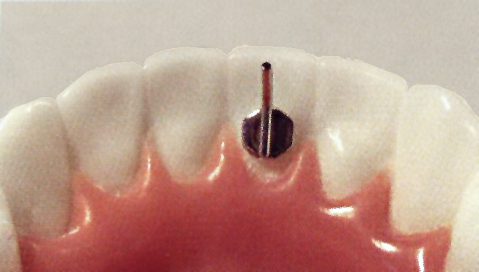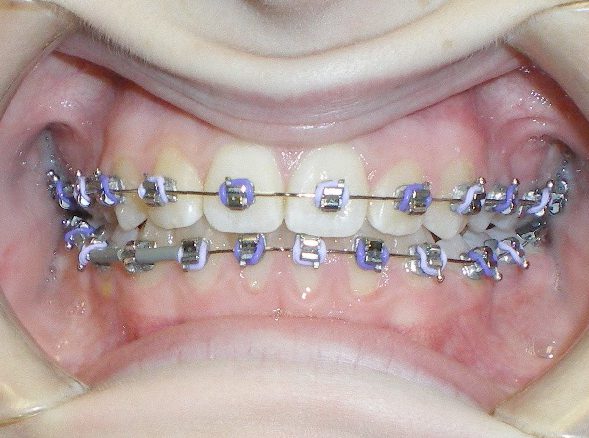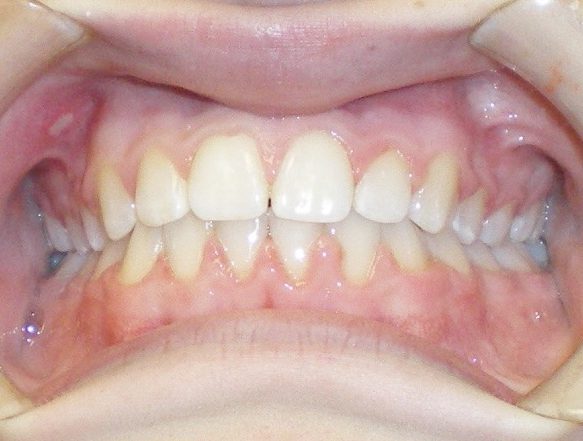Teeth shift and move in response to small forces placed on them over a long time. Of course, braces push on the teeth and cause them to move slowly over time. Muscles can also cause teeth to move, and the tongue is a strong muscle that can indeed cause teeth to shift just like braces can.
Most people are unaware that teeth are continually “erupting” into the mouth. In other words, even after all baby are gone and the adult teeth have come in (i.e., erupted), our teeth are still always trying to erupt until they contact something. Usually, they contact one another so the eruptive forces from opposing teeth balance, and they simply remain in contact.
Normally the tongue “lives” behind the teeth. Some people, however, develop a habit of keeping the tongue between the teeth just about all the time, which prevents opposing teeth from erupting until they contact one another. Orthodontists call this an “open bite,” and it is usually difficult to eliminate and frequently returns after braces because of the tongue and other factors.
Tongue reminders keep your tongue out of the way so your upper and lower teeth will grow to properly meet




